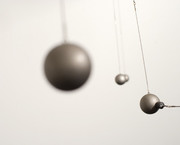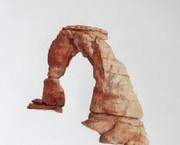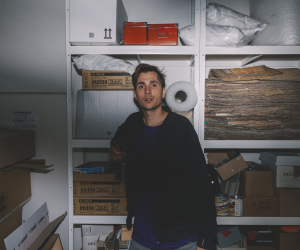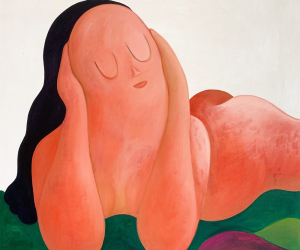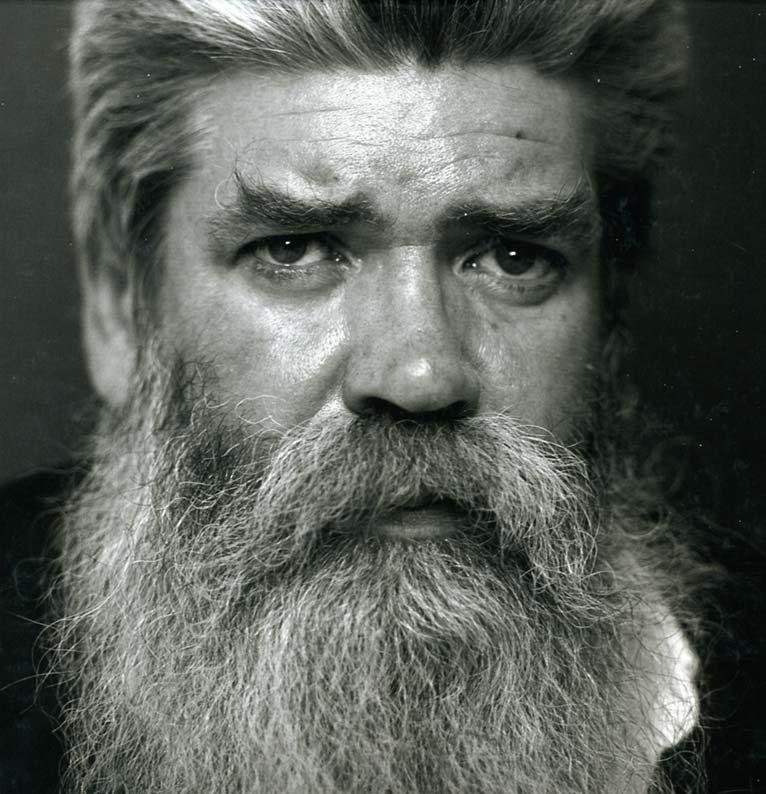
Ingvar Cronhammar
Posted by Fabio 17 September 2009
When Swedish Ingvar Cronhammar was 17 years old, he immigrated to Denmark to study art at Århus Art Academy (1968–71). He was part of the Århus avantgard movement which consisted of authors, sculptors, composers and people driven by outrage towards the established art scene.
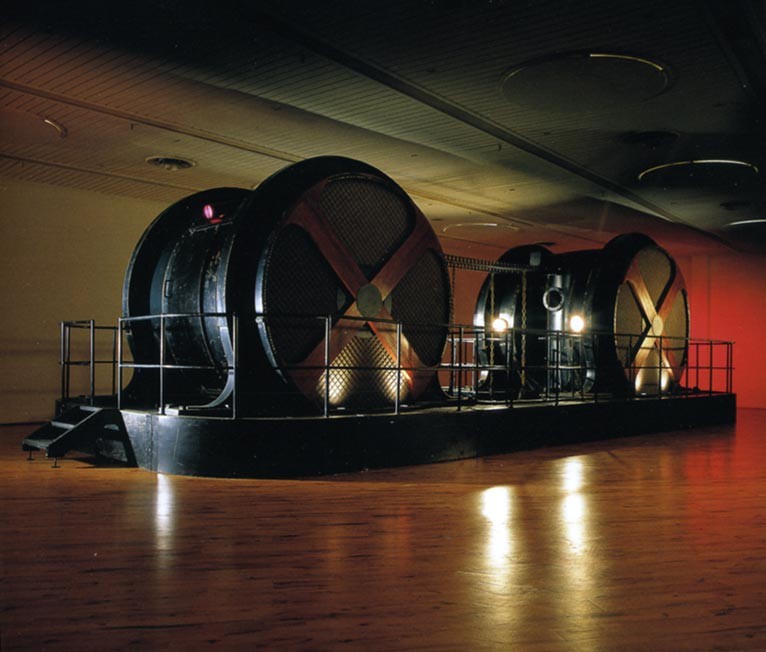 Ingvar Cronhammars breakthrough onto the Danish art scene was launched by his enormous sculpture, The Gate (1988) which has been described as a machine from hell. It was presented in a dimly lit space and looks like a mixture of a machine and fragments from a ship, the atmosphere could belong to Jules Verne and Fritz Lang.
Ingvar Cronhammars breakthrough onto the Danish art scene was launched by his enormous sculpture, The Gate (1988) which has been described as a machine from hell. It was presented in a dimly lit space and looks like a mixture of a machine and fragments from a ship, the atmosphere could belong to Jules Verne and Fritz Lang.
The city of Herning approached Ingvar Cronhammar in 1989 and asked him to create a sculpture, and a Saturday morning whilst reading an article about rotary cultivators the idea struck down.
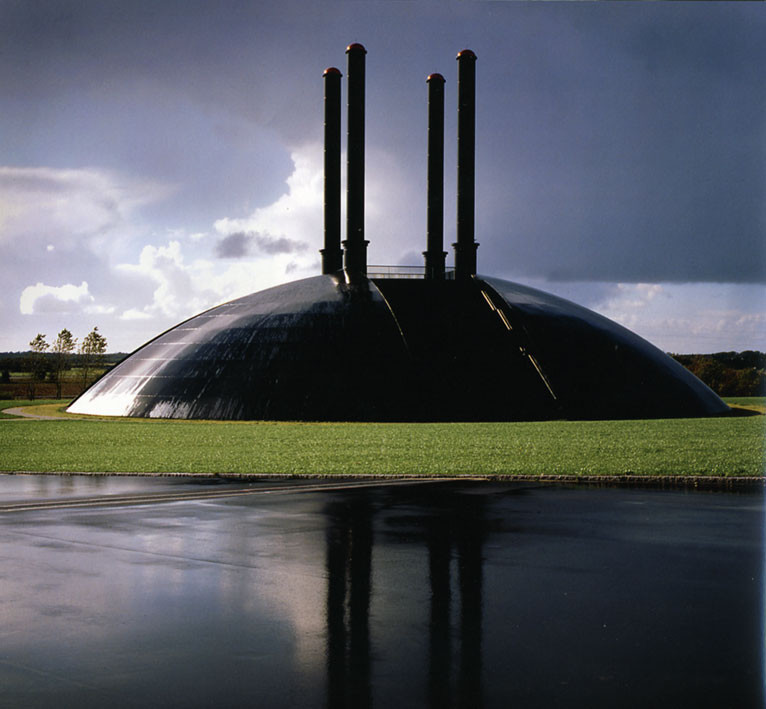 The sculpture Elia is manufactured from concrete and steel, raises 32 meters towards the sky and its circumcise is 60 meter, the total weight 380 ton. Elia took 12 years to complete and was inaugurated in September 2001 in Herning, Denmark.
The sculpture Elia is manufactured from concrete and steel, raises 32 meters towards the sky and its circumcise is 60 meter, the total weight 380 ton. Elia took 12 years to complete and was inaugurated in September 2001 in Herning, Denmark.
The sculpture with its 4 antennas is trying to attract lightning – if hit, Elia will react with a thunderstruck of a sound coming from a 9 meter tall flame shot out from the middle, like a volcano hurling lava out of its crater, or purgatory giving its hottest breath.Elia is connected to the local gas supply, and is within a period of 19 days trying to spew out its flame. Though only twice in that time frame, so one has to be very lucky to experience this phenomenon as Elia is covered with sensors which meticulously measures wind-directions and weather conditions, as these have to be perfect, as well as make sure that no living creature is on top of Elia. Apparently only a few has seen the flame, and one imagines it only comes at dusk when the area is deserted.
If one is lucky enough to experience the wrath of Elia as Ingvar Cronhammar describes; one would feel as if the strength from earths core joins with the fires of heaven to show that everything above our heads and below our feet is connected and we can look upon ourselves as being a very small part of a great entirety, which we call the universe.


